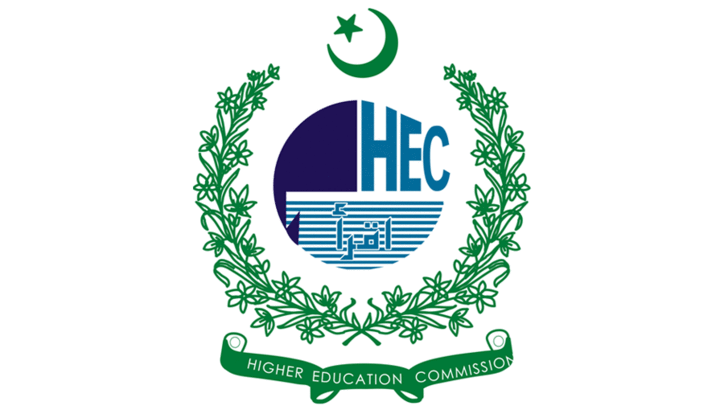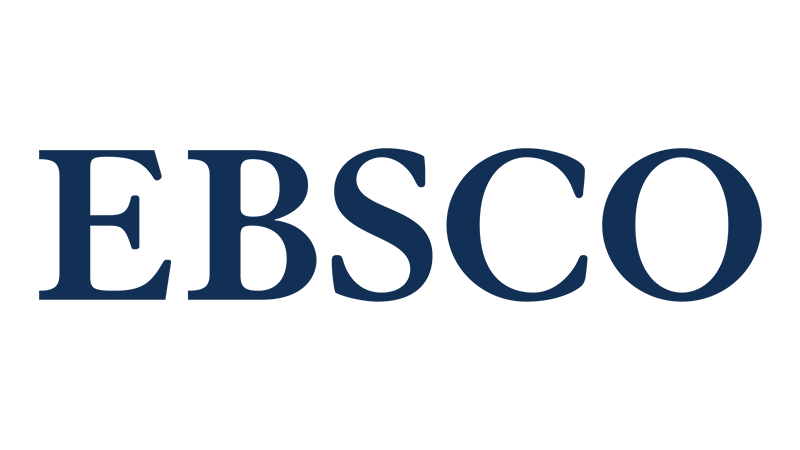
Abstract
The objective of this study is to analyze the ability of Pakistan’s textile industry to broaden and upgrade its competitive positions in the face of increasing international competition. It suggests a conceptual framework of organisational characteristics influencing the process and formation of clusters. Clusters are a driving force in increasing exports and magnets for attracting foreign investment. The cluster concept represents a new way of thinking about national, state, and city economies, and points to new roles for companies, governments, and other institutions striving to enhance competitiveness. The paper is based on empirical analysis of the organizational characteristics and intra-cluster interchange in the textile/apparel industry of Pakistan. It represents the results obtained from the information collected from 39 establishments by a structured questionnaire. It examines the institutional context with which the firms of the textile/apparel industry in Pakistan operate and analyses the local linkage pattern and cluster formation process of this industry in Pakistan. Some policy implications for the growth and sustained competitiveness of this industry in Pakistan are considered and discussed in this paper.
Keywords
Clusters, Competitive advantage, Industrial linkages
DOI
https://doi.org/0.54784/1990-6587.1098
Creative Commons License

This work is licensed under a Creative Commons Attribution 4.0 International License.
Recommended Citation
Bari, K. (2006). Mechanisms underlying the phenomenon of cluster formation in the textile/apparel industry in Pakistan. Business Review, 1(1), 106-124. Retrieved from https://doi.org/0.54784/1990-6587.1098










